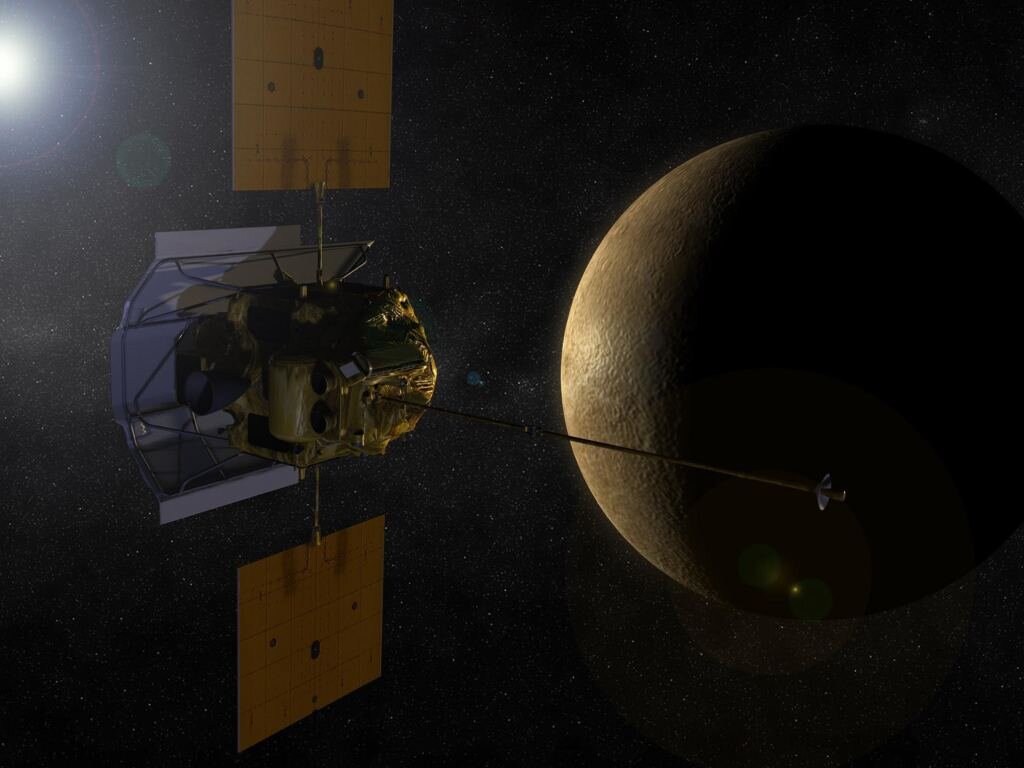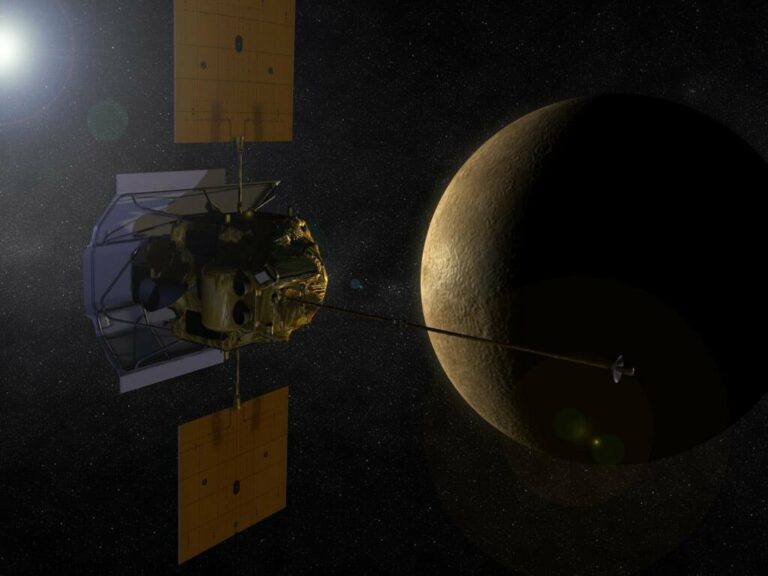Astronomers Make Progress in Unraveling the Formation of Mercury
Simulations of the solar system’s formation have achieved considerable success in replicating the positions and orbital parameters of major planets. However, accurately determining the masses of the terrestrial planets, particularly Mercury, remains a significant challenge in current simulations. A recent study proposes a shift in focus towards understanding the evolution of smaller planets by paying closer attention to the dynamics of the giant planets.
Mercury stands out as the most peculiar among the rocky inner planets, possessing the lowest mass and, relative to its size, the largest core. This peculiarity poses a substantial hurdle for planet formation simulations, as constructing such a sizable core without proportionally increasing the planet’s overall size proves challenging.

A team of astronomers explored various possibilities to elucidate Mercury’s distinctive properties through simulations of the solar system’s formation. In the early solar system, a protoplanetary disk comprised gas and dust instead of neatly arranged planets. Within this disk were numerous planetesimals, which eventually collided, merged, and grew into planets. During this phase, the inner edge of the protoplanetary disk likely had a scarcity of material. Additionally, the giant planets did not initially occupy their present-day orbits but migrated from their original locations to their current positions, potentially destabilizing the inner disk and further reducing its material content.
Integrating these concepts, the astronomers constructed a comprehensive formation history for Mercury. In the initial stages, the inner protoplanetary disk harbored numerous planetesimals. However, as the giant planets migrated, they carried away a substantial portion of the material available for planet formation.
The remaining planetesimals underwent frequent collisions, depositing considerable amounts of heavy metals into Mercury’s innermost region and contributing to the formation of its substantial core. Although the models successfully replicated the core size of Mercury, the simulations still fell short in accurately determining the planet’s overall mass. Typically, the simulations yielded a Mercury that was two to four times more massive than its observed value.
The origin of Mercury remains an open question, and astronomers propose a need for more meticulous examination of the chemical properties of the protoplanetary disk. A particular emphasis should be placed on understanding how dust grains can coalesce and endure the intense radiation environment within Mercury’s orbit.
This article is republished from PhysORG under a Creative Commons license. Read the original article.
Do not forget to share your opinion with us to provide you with the best posts !




0 Comments